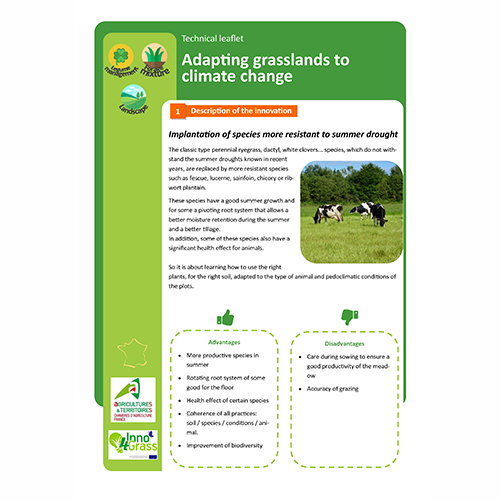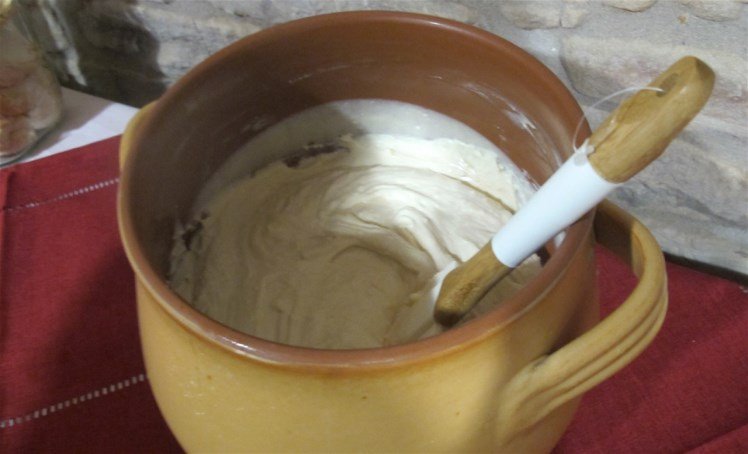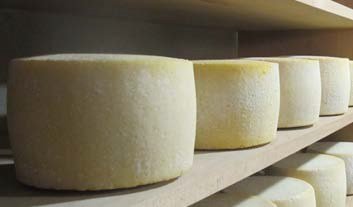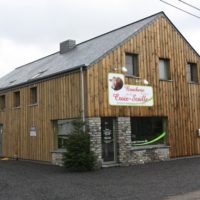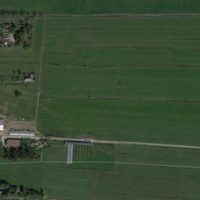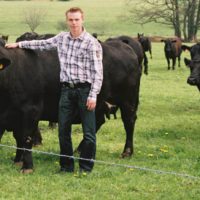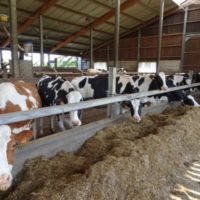From grassland management to quality local cheese
Description
Description of the innovation
Il Forletto farm, located on the mountain area of Alta Langa, has a long historical tradition of breeders and cheesemakers. The innovative approach has been to apply scientific results of grazing influence on cheeses characteristics in farm’s grassland management. Farm’s business was successful for its quality cheeses and sustainable management, also thanks to activities such as Delle Langhe sheep breed choice and periodical lab analyses for forages, milk and cheeses. A senior agricultural advisor supported farm grassland choice, resulting in grassland surface sown with two mixtures of grass-legume with high green yield and attitude to improve milk quality in terms of fatty acids, colour and flavour.
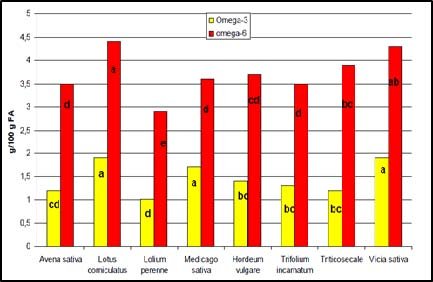
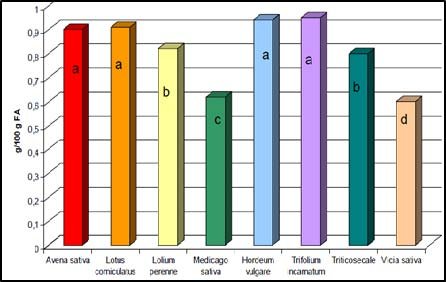
Grassland (grazing and hay production) is managed following maximization of biomass volume and optimal phenological phase (feeding value). During spring, most of temporary and permanent grasslands are used for hay production (1 or 2 cuts), taking care to cut alfalfa with 10-20% flowering and managing grass at early growing stage. Il Forletto farm management respects the natural life cycle of the flock. During winter, with low grassland production, ewes are in the dry period and diet is mainly based on hay. Thanks to this synergy between grassland and livestock management, concentrate feedstuffs are not required, with a benefit also on farm economic sustainability. The grasses-legumes cultivated as mixtures are:
- Festuca arundinacea, Lolium perenne, Trifolium repens, Lotus corniculatus
- Trifolium incarnatum, Avena sativa, Vicia sativa
- Medicago sativa is sown in monoculture fields.
Results obtained
The optimal grassland management leads to an increase of fatty acids content of milk and to a constant milk yield over the lactation stages. Grazing and feeding systems permitted to reduce the costs of management and feed, saving resources and making the entire process sustainable. Thanks to milk quality and farmer cheese-making ability, it is possible to produce different kinds of cheese but also ricotta and yogurt. Cheese’s quality, flavour and taste is appreciated by consumers that can buy products both directly in farm or in local markets.
Advantages
- Grassland sustainability
- Grassland biodiversity
- Animal health
- Quality cheeses
- Higher products prices
- Practical application of research
Disadvantages
- Investment costs (increase farm surface, dairy)
- Management costs (advisor, flock selection)
- Continuous training to maintain high productive skills
- Decrease of production during winter season
Additional information
| Domains of innovation | animal type (breed), forage mixture, grazing management system, product processing |
|---|---|
| Main types of animal | dairy sheep |
| Country | Italy |
| Product type | Technical leaflet |
| Language | English, Italian |
